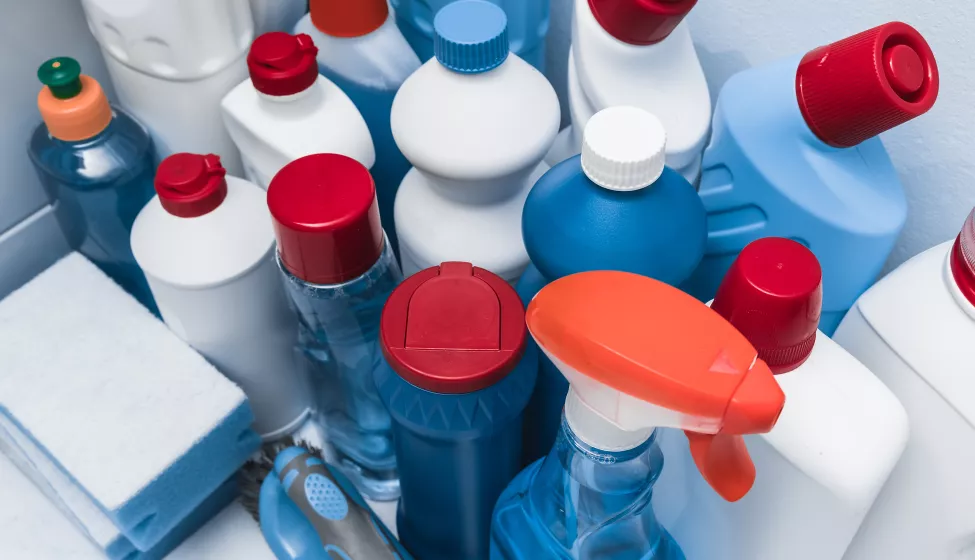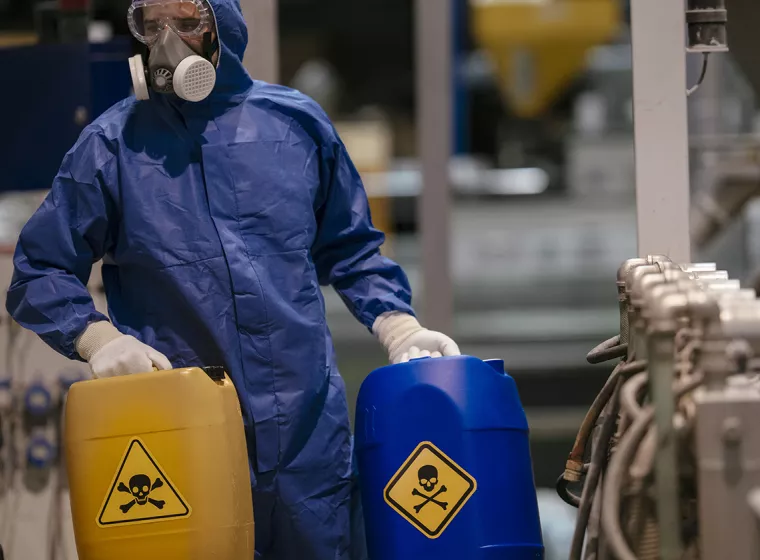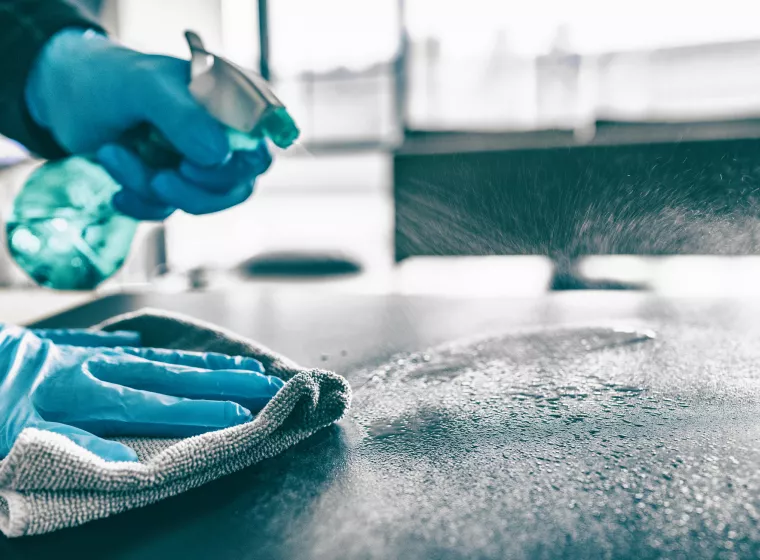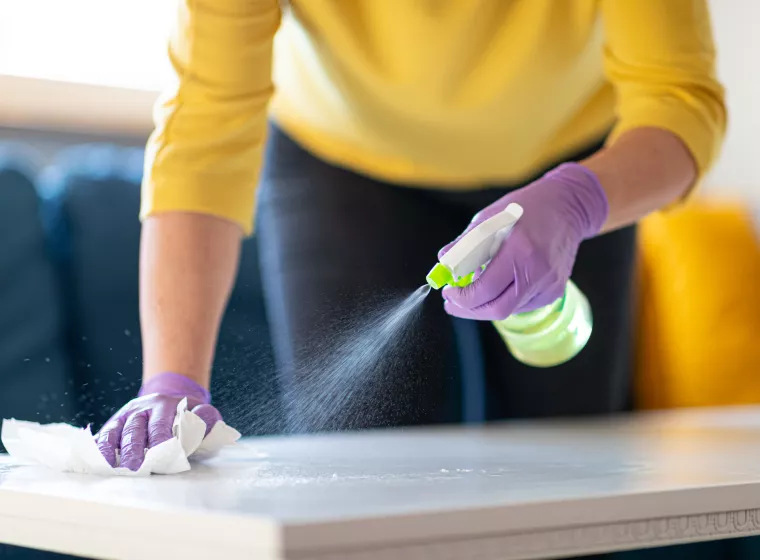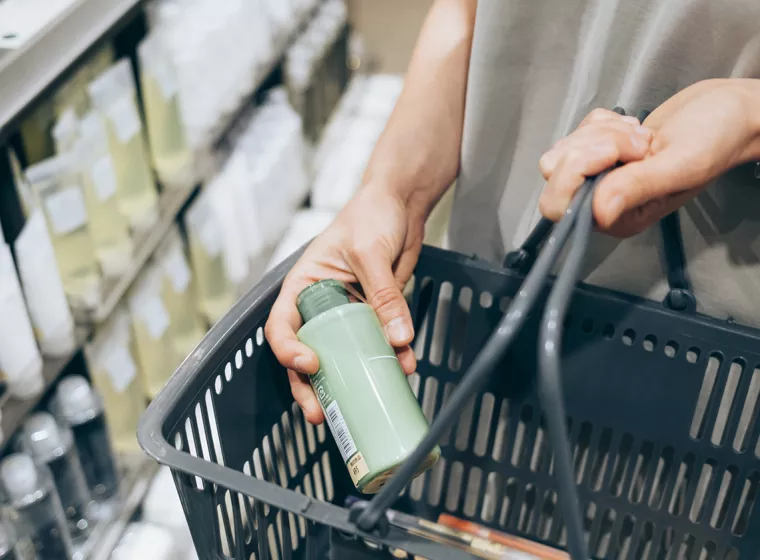July 21, 2023
Updates creating a stable regulatory framework will affect all manufacturers, importers, and distributors of detergents and surfactants
On April 28, the European Union published a proposal for "Regulation of the European Parliament and of the Council on Detergents and Surfactants (COM(2023)217)" to update the rules for the safe use of detergents and surfactants. The proposal addresses weaknesses in the existing Detergents Regulation (EC No 648/2004), providing a more consistent regulatory network to support the green and digital transitions of the EU industry.
Although published, the initiative does not have a planned implementation date. However, the proposal, which would repeal the Detergents Regulation and amend the regulation on Market Surveillance and Compliance of Products (EU 2019/1020), includes a 30-month transitional period.
Enhancing labeling and sustainable practices
Specifically, the proposal focuses on the outcome of a 2019 review of the Detergents Regulation that identified several weaknesses including the duplication in labeling requirements with the Classification, Labelling and Packaging (CLP) Regulation (EC No 1272/2008) and the failure to include new market developments and innovative sustainable practices.
The initiative will streamline labeling requirements, bringing microbial cleaning products into the scope of the regulation and facilitating refill sales by introducing digital labeling. The definition of detergent is also being updated to include microorganisms and their safety requirements.
The regulation will still cover a lot of the same labeling requirements, continuing to require surfactants to meet the criteria of ultimate biodegradability and limiting the use of phosphates and other phosphorus compounds in consumer laundry detergents and automatic dishwasher detergents.
However, the proposal aims to abolish (a) ingredient data sheets for hazardous ingredients; (b) the obligatory involvement of approved laboratories for performing tests under the regulation; and (c) the requirement for manufacturers to be established in the EU. In the new proposal, manufacturers based outside the EU will be allowed to appoint EU representatives.
New product passport requirement
Perhaps one of the most significant changes will be the introduction of a product passport, in line with the Proposal for Ecodesign for Sustainable Products Regulation (ESPR). Each batch of detergent or surfactant manufactured will require a product passport that indicates compliance with the requirements set out in the regulation. This passport will also need to be made available in the languages of the Member States where the product is placed on the market.
To allow convenient access to and sharing of product data, manufacturers will be obliged to include a reference to the product passport in a central registry. A data carrier will be placed on the product in a visible and legible manner connecting the product passport to its unique product identifier.
The product passport will need to include the following information:
- A unique product identifier.
- Details of the manufacturer or authorized representative as well as the unique operator identifier.
- Identification of the product for traceability purposes, including a color image.
- Commodity code under which the detergent or surfactant is classified at the time the product passport is created (as per Council Regulation (EEC) No 2658/87).
- References to Union legal acts that the detergent or surfactant complies with.
- Full list of ingredients intentionally added as preservatives labeled in accordance with Annex V using the International Nomenclature of Cosmetic Ingredients (INCI). If the ingredient is not listed in the INCI, then the European Pharmacopoeia name or International Union of Pure and Applied Chemistry (IUPAC) name may be used. This final requirement will not apply to products for professional use for which a safety data sheet is available.
Technical documentation for compliance
To ensure compliance with these requirements, manufacturers will need to conduct an internal conformity assessment, and products will need to bear the CE marking. Technical documentation must be prepared for each product and made available to authorities if requested. This will cover the assessment and the design, manufacture, and intended use of the detergent or surfactant, including test reports and test methods used to demonstrate compliance. The technical documentation and product are required to be kept for 10 years after the product has been placed on the market.
All manufacturers, importers, and suppliers of detergents and surfactants will be impacted by this proposed amendment to the Detergents Regulation. Exponent will continue to monitor the status of the proposal and submit comments should the opportunity arise.
What Can We Help You Solve?
Whether outlining a strategy to register a biocide or assessing the quality and compliance of consumer products and their ingredients, Exponent's multidisciplinary teams of chemical regulation and food safety consultants provide critical insight and support for navigating global regulatory challenges.
